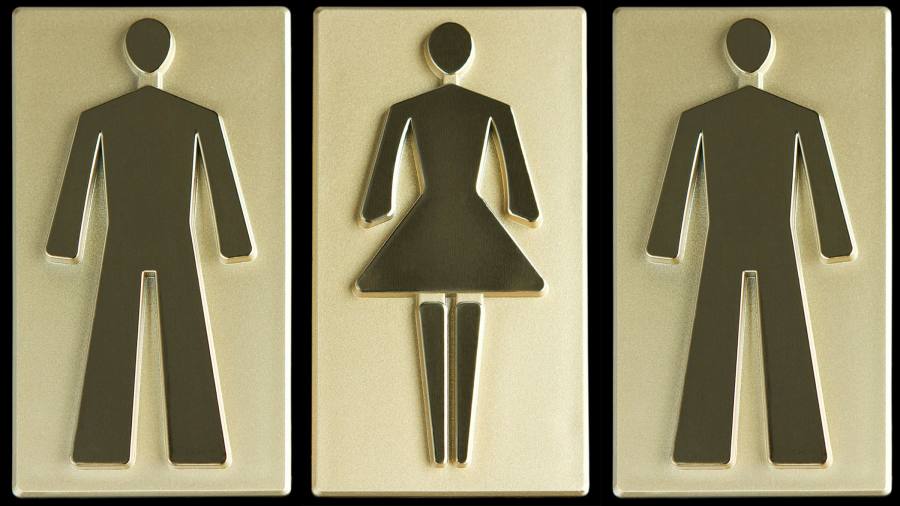[ad_1]
The world’s biggest companies are still recruiting far more men than women for top jobs despite long-running campaigns by shareholders, policymakers and other groups to improve gender diversity at all levels of business.
A quarter of the largest 500 companies named a new chief executive or executive chair in the past two years, but only one in 10 of those appointed were women, according to SquareWell, a shareholder advisory company.
In total, just 5 per cent of top jobs at big companies are held by women.
The numbers have incensed campaigners.
Ann Cairns, global chair of the 30% Club, which lobbies for more women in top positions, and executive vice-chair at Mastercard, said the corporate sector did not have a level playing field. “I cannot believe that anyone could look out there and see that we have 95 per cent of the world’s best companies run by men and think they are all the best people for the job,†she said.
Big companies that recently named women as chief executives include UK insurer Aviva, which appointed Amanda Blanc; the US’s United Parcel Service, with Carol Tome taking the top job; and Helena Helmersson at fashion retailer H&M.
“It is no longer credible that there are not enough women who have the leadership traits, talent and skillset to be the CEO of a global company,†said Deborah Gilshan, an adviser on investment stewardship and environmental, social and governance issues.
She added that the numbers suggested a “flawed nomination and final candidate selection processesâ€, arguing that the data indicated that this was a “systemic issue across the global marketplaceâ€.
“Shareholder pressure should be brought to bear on this as investors seek to understand and challenge the cultures that are leading to biases in the nomination and selection processes for this critical leadership position.â€
In recent years, efforts to push companies to appoint more women to board positions have had some success. In the UK, the number of female directors across the largest 350 companies jumped by 50 per cent since 2015 — with women now accounting for a third of board members at those companies.
Following the success of the board campaigns, some large investors including Columbia Threadneedle, have taken companies to task over a lack of women in leadership roles, in the belief that more diverse businesses will outperform.
Luca Giacalone, ESG adviser at SquareWell, said the slow progress in female CEO appointments was “likely a result of a combination of not having robust selection criteria from boards and the limited number of women candidates who are currently in roles that would naturally lead to such promotionâ€.
But he added that a growing push by investors to look beyond board diversity to senior management should “help address the inequalityâ€.
The SquareWell data also found that companies were increasingly looking outside their organisations when looking to replace chief executives. Some 43 per cent of chief executives or executive chairs were recruited externally in 2020, compared to 28 per cent in 2019.
[ad_2]
Source link





